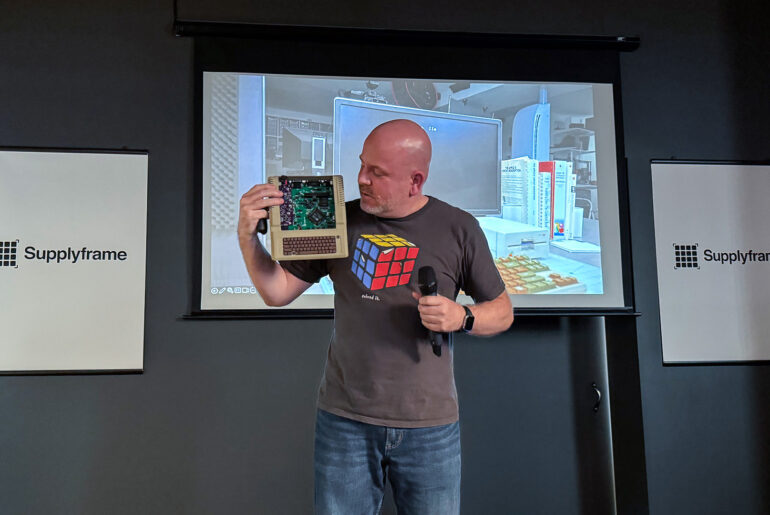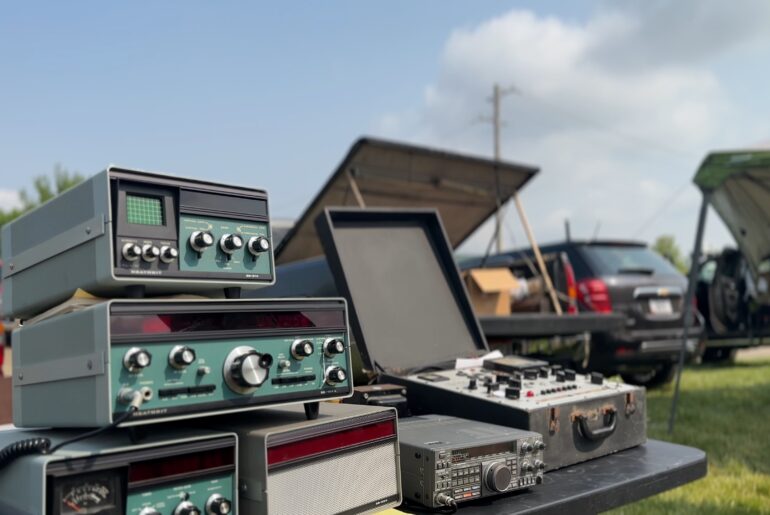Alvaro and Jen invited me to discuss the reverse engineering aspect of the Mega IIe project on the Unnamed Reverse Engineering Podcast. We focused on some of the finer details about the Mega-II chip’s operation. The discussion followed many rabbit holes. (Totally my fault and not theirs!)
These links accompany the Mega IIe presentation at Supercon 2023.
The Dayton Amateur Radio Association (DARA) hosted Hamvention 2023 in Xenia, Ohio, on the weekend of May 19th. This annual event is the largest gathering of amateur radio operators. Sprawled across the Greene County Fairgrounds and Expo Center are commercial vendors selling gear or services, educational talks, license exams, and a massive flea market.
Often I hear this question: “how can I get better solder joints?” Without looking at anything they are doing, I already know that they could be using more flux. Or, as I point out in this video, perhaps the correct type of flux!
Flux removes oxide layers, gets contaminants out of the way, and makes for better solder joints. But there are so many different types of flux and even more ways to apply it.
This video goes over the different types of Rosin (R, RA, RMA), Resin, Organic, and Inorganic flux. Then it shows what kind of residue gets left over. And explains why “NO Clean Flux” actually needs to be cleaned (in most cases).
What is No Clean Flux?
In the video, I make the bold statement that “no clean” is not a type of flux. I know some people will take issue with that. However, based on the IPC chart for flux bases, “no clean” is not one of them. And if you look through datasheets, you’ll find lots of variations of what manufacturers call “no clean.”
From what I can tell, “No Clean” flux is generally a Non-activated or mildly activated Rosin or Resin type. The remaining residue is non-conductive and non-corrosive. So by that general definition, many fluxes can be marketed as “No Clean.”
A powerful, but an underused feature of digital oscilloscopes is the trigger circuit. Learn from James how to use an oscilloscope’s trigger to find glitches, measure pulse widths, see transients, and stabilize a scope’s screen. This video explains the difference between Auto and Normal sweep modes, shows how to use a Pulse Width trigger, and explains how to use Hold-Off.



